Know Your Computer | Year 5 Computing IGCSE (Cambridge) PDF Download
| Table of contents |

|
| Introduction to Computers |

|
| Types of Computers |

|
| Basic Parts of a Computer |

|
| Understanding the Function of Hardware and Software |

|
| Input and Output Devices |

|
| Storage Devices |

|
| Summary |

|
Introduction to Computers
A computer is a machine that helps us to do various tasks like writing, drawing, calculating, and even playing games. Computers take input (things you give them to work on), process that input, and give you the output (results or answers).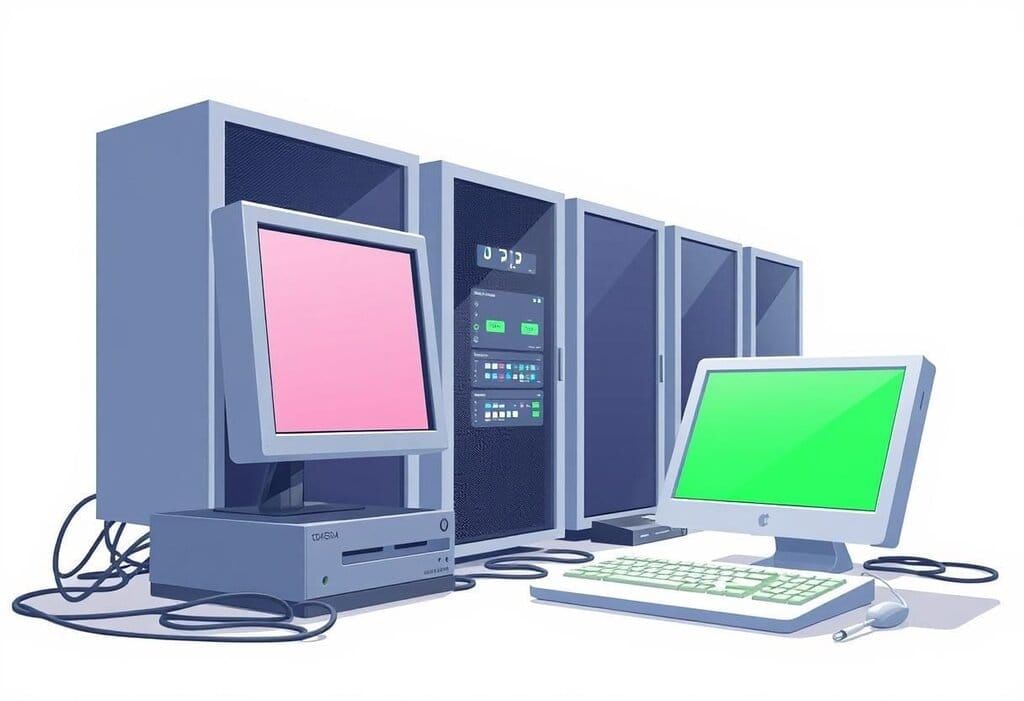
Here’s how computers are helpful:
- Speed: Computers work very fast and can do tasks in seconds.
- Accuracy: Computers give correct results if used properly.
- Automation: Once we set them up, computers can keep working on their own without much help.
Types of Computers
There are different types of computers, each used for specific tasks: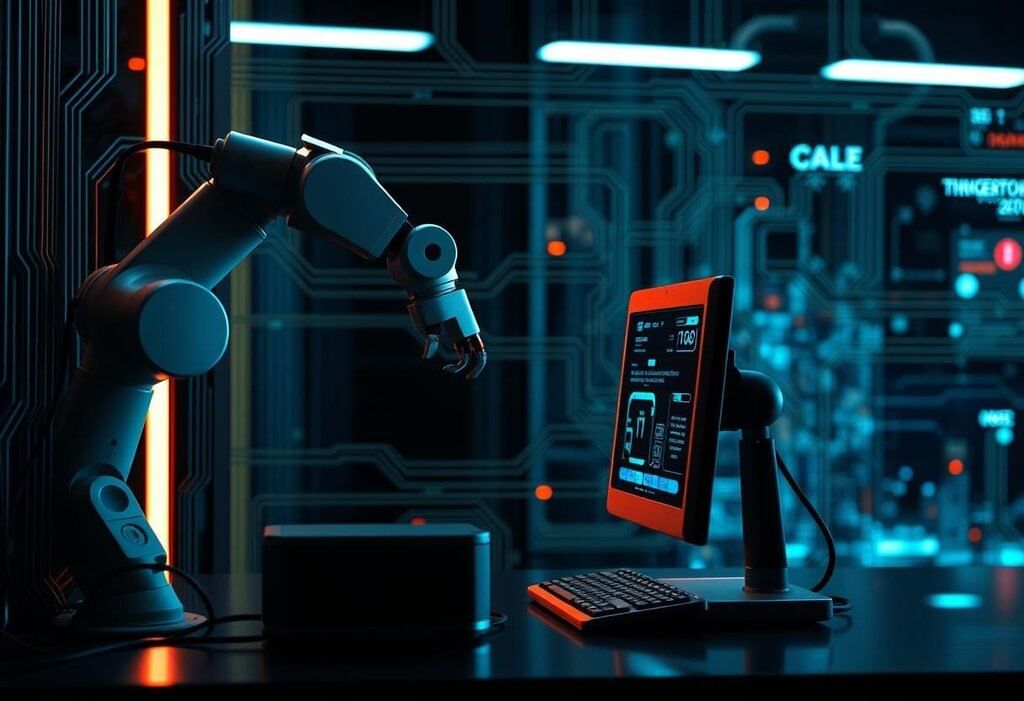
1. Desktop Computers
- A desktop computer is meant to stay in one place, like on a desk. It has many parts, like a screen (monitor), a keyboard, and a mouse.
- Advantages: It’s powerful and great for working on big projects.
- Example: A computer in a school where you use it for learning or playing educational games.
2. Laptops
- A laptop is a portable computer that you can carry around easily. It has a built-in screen and keyboard.
- Advantages: You can carry it with you and use it anywhere, and it runs on battery.
- Example: A student using a laptop at home or in class to do homework or projects.
3. Tablets
- A tablet is a small, touch-screen computer that doesn’t need a keyboard. It’s like a big phone.
- Advantages: Very light and easy to carry, perfect for browsing the internet or watching videos.
- Example: Watching cartoons or reading e-books on a tablet.
4. Mobile Phones
- A mobile phone or smartphone is a small computer that fits in your pocket. It’s used mainly for communication but can also do many other tasks like playing games, browsing the internet, and taking photos.
- Advantages: Small, easy to carry, and you can take it everywhere.
- Example: Using a mobile phone to talk to friends or play games.
Basic Parts of a Computer
A computer is made up of different parts that work together to help it do things. These parts are called hardware.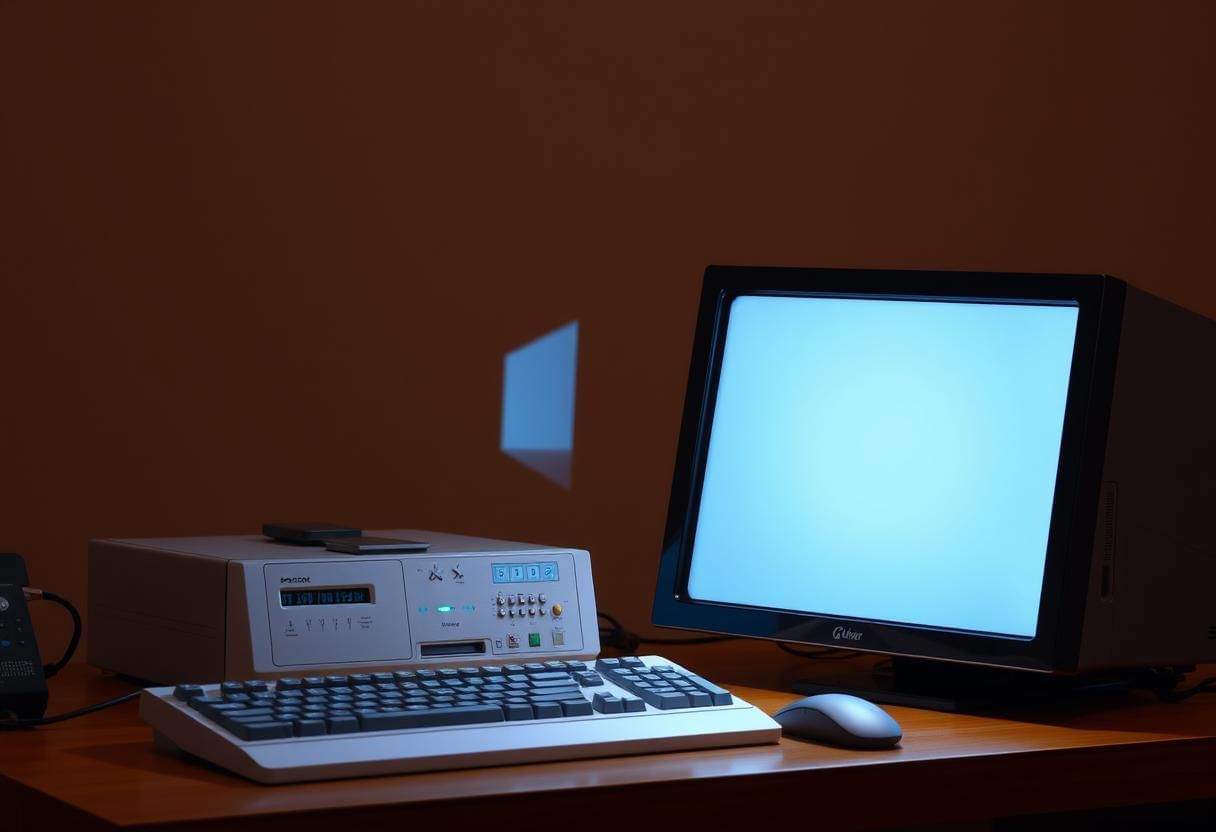
1. CPU (Central Processing Unit)
- The CPU is the "brain" of the computer. It takes the instructions you give it and follows them. It helps the computer do all the tasks.
- Example: If you tell the computer to open a game, the CPU helps run the game on the screen.
2. Monitor
- The monitor is the screen that shows what the computer is doing. It’s where you see everything that’s happening, like the text, pictures, and videos.
- Example: The monitor shows the words when you type or the picture when you open a photo.
3. Keyboard
- The keyboard is used to type letters, numbers, and other symbols into the computer. It has many keys like letters (A-Z), numbers (0-9), and special keys like Enter and Spacebar.
- Example: When you write a story or do homework on the computer, you type it using the keyboard.
4. Mouse
- The mouse is a device that you move on the table to control what happens on the screen. It helps you point at things and click on them.
- Example: You use the mouse to click on icons, open files, or navigate a webpage.
Understanding the Function of Hardware and Software
Hardware: These are the physical parts of the computer you can touch, like the CPU, monitor, keyboard, and mouse.
Software: Software is the set of instructions or programs that tell the hardware what to do. Without software, the hardware cannot work.
Example: Microsoft Word, the program you use to write on the computer, is software. The keyboard and monitor are hardware.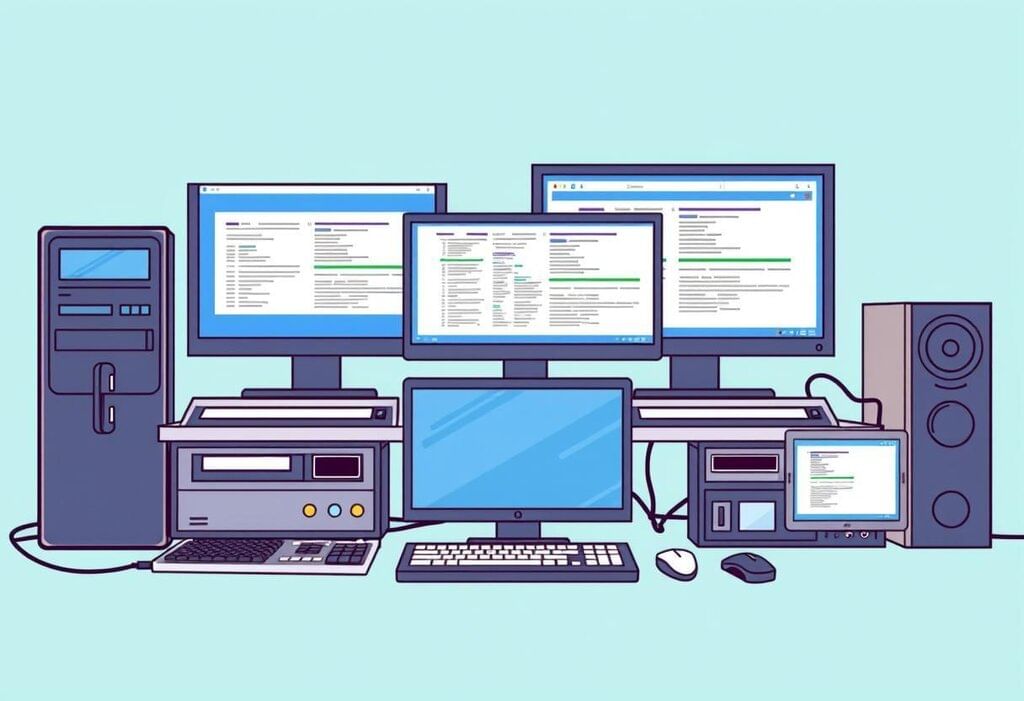
Input and Output Devices
Input Devices: These are devices used to send information into the computer.
- Keyboard: Used for typing text.
- Mouse: Used for pointing and clicking.
- Microphone: Used to record sound.
- Scanner: Used to scan pictures or documents into the computer.
Output Devices: These devices show you the result of what the computer is doing.
- Monitor: Shows everything the computer is doing.
- Printer: Prints your documents or pictures on paper.
- Speakers: Play sound so you can hear music, videos, or computer sounds.
Storage Devices
These devices are used to save and store data so you can access it later. Some are built into the computer, while others can be connected externally.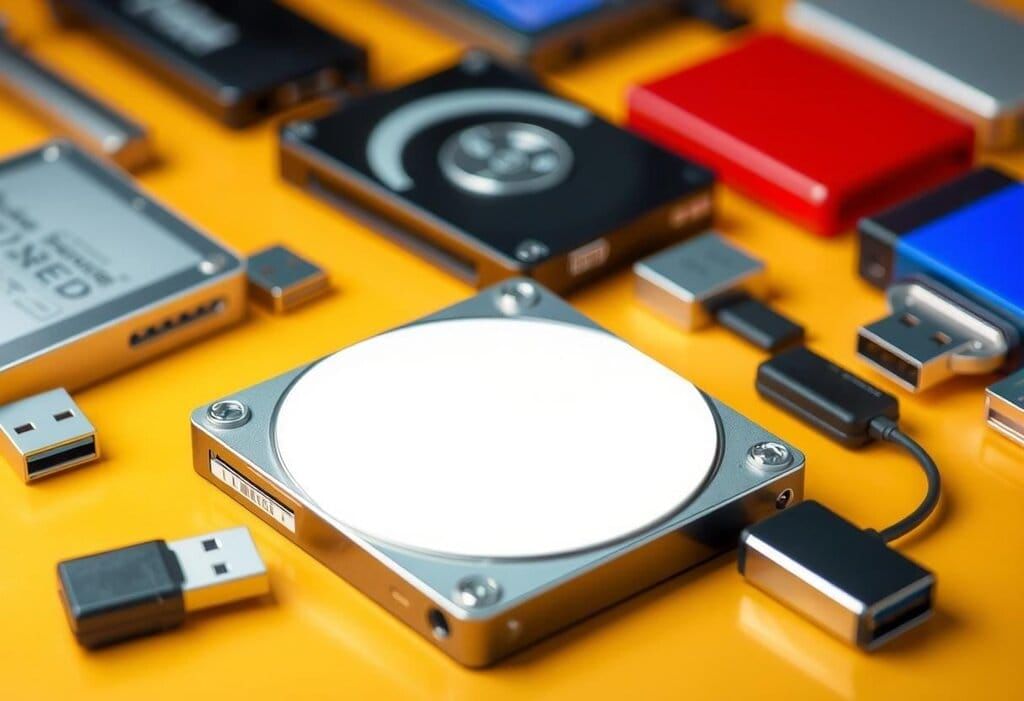 Data Storage
Data Storage
1. HDD (Hard Disk Drive)
- An HDD stores a large amount of data and is used in desktop and laptop computers. It’s slow but has lots of space for files.
- Example: Storing all your pictures, documents, and videos in your computer’s hard drive.
2. SSD (Solid State Drive)
- An SSD is faster than an HDD because it doesn’t have moving parts. It’s often used in newer computers for quick access to files.
- Example: A laptop with an SSD starts up faster and runs programs quickly.
3. CDs (Compact Discs)
- CDs are round, shiny discs used to store data, like music or software.
- Example: Listening to music on a CD or installing a program from a CD.
4. USB Drives
- A USB drive is a small, portable device you can plug into the computer to store data or transfer files from one computer to another.
- Example: Moving school projects from your home computer to the school computer using a USB drive.
Summary
In this chapter, we’ve learned about the different types of computers and their important parts. We also explored the difference between hardware (the parts you can touch) and software (the instructions that tell the hardware what to do). We learned about the devices that help us input information into the computer, like the keyboard and mouse, and output devices, like the monitor and printer. Lastly, we discussed different storage devices like hard drives, solid-state drives, and USB drives, which help store our important files.
By understanding these basic concepts, you’ll be able to use computers more confidently and effectively in everyday life!
|
10 docs|8 tests
|
FAQs on Know Your Computer - Year 5 Computing IGCSE (Cambridge)
| 1. What are the main types of computers? |  |
| 2. What are the basic parts of a computer? |  |
| 3. How do hardware and software work together in a computer? |  |
| 4. What are some examples of input and output devices? |  |
| 5. What types of storage devices are commonly used in computers? |  |















